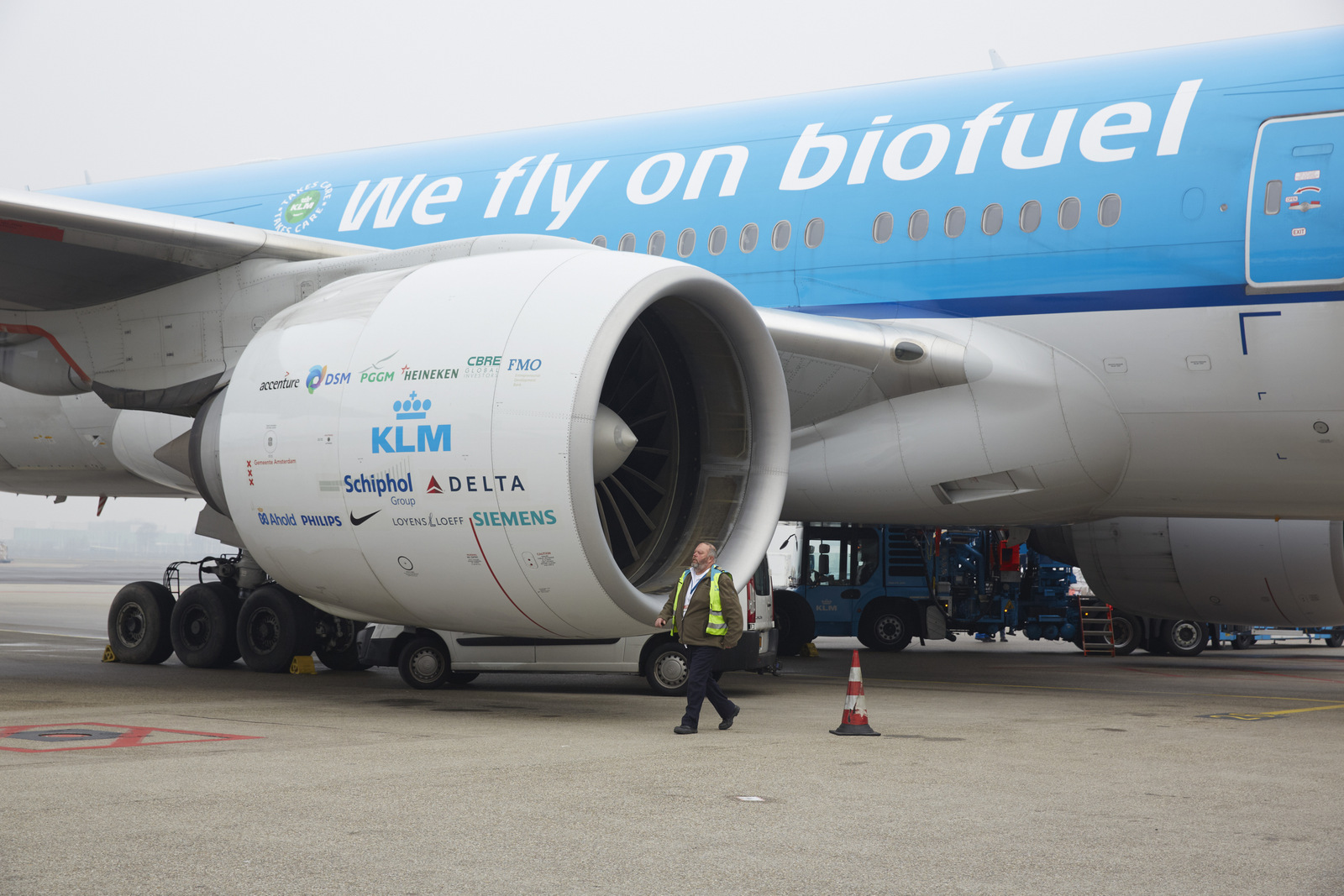Written for The Points Guy
It’s been 10 years since a Virgin Atlantic Boeing 747 flew from London to Amsterdam on the first test flight of an airliner powered by a mix of jet fuel and biofuels. Passenger flights in biofueled planes began three years later, and by June of this year, more than 130,000 flights had operated with what’s known more precisely as SAF, for “sustainable aviation fuel”.
That isn’t to say that your next flight will be fueled by leftover oil from a deep fryer. Far from it.
130,000 flights is just a drop in the fuel tank when compared to the 37 million airline flights per year. Still, the number of SAF flights keeps growing. The use of SAF isn’t just about reducing airlines’ dependence on fossil fuels. More importantly, biofuels allow airlines to reduce their carbon footprints: SAF production and use lifecycle result in greenhouse gas emissions up to 80% lower than traditional jet fuel.
Now, there are standards for the production and use of SAF, and global strategic initiatives to boost its use. The airline industry has targeted carbon-neutral growth from 2020 and a 50% reduction in CO2 emissions by 2050 as compared to 2005, and SAFs will be key to meet these goals.
There are several ways to make biofuels. Five processes have been approved for use to convert raw biomass “feedstock” into biofuels. Remarkably diverse sources of feedstock can be used: they include oilseed crops such as soybeans and sunflowers, animal fats, sugar crops, plants and wood. Even domestic waste and industrial gases can be turned into SAF.
The result is a product that’s described as a “drop-in” fuel, one that can be mixed with conventional jet fuel. The mix can be used without any modifications to an aircraft’s engines or to the fuel distribution system at an airport.
United Airlines is one of the world leaders in deploying SAF, with every flight operating out of LAX having biofuel in its tanks.
“Simply put, it’s important to our customers, so it’s important to us,” says Aaron Stash, manager of environmental affairs and sustainability at United Airlines. “United is the first US airline to commit to reducing our individual greenhouse gas emissions 50% by 2050. This is roughly 21 million metric tons of CO2 emissions annually. We continue to optimize our aircraft and operations for efficiency and see sustainable aviation fuel as the best, available technology to help us reach that goal.”
United gets its SAF from World Energy’s refinery in Paramount, California, and the biofuel is made primarily from an agricultural waste-based feedstock, through Honeywell’s GreenJet HEFA process.
The airline has also invested in California-based Fulcrum BioEnergy, which will use a different approved process to convert municipal solid waste — in other words, household trash — into biofuel at a new facility under construction in Reno, Nevada. Once the SAF is delivered to United’s LAX facility, it’s blended with jet fuel to end up with a 30:70 mix — 30% biofuel and 70% jet fuel.
“Since the launch in March 2016, United has brought over 2 million gallons of SAF to LAX — the first US airline and the first US airport with regular supplies of SAF,” says Stash.
Other airlines and airports around the world are ramping up the flow of SAF.
JetBlue has a partnership with bioenergy company SG Preston, which will supply the airline with more than 33 million gallons of blended fuel per year over the next 10 years. And in September, an Airbus A321 was delivered from Airbus’ Mobile, Alabama facility to JetBlue, fueled with a 15% biofuel mix.
British Airways, KLM, Air Canada, and Cathay Pacific are just a few of the many airlines that are either testing SAF, have made commitments to its use, or have SAF-mixed fuel in regular operations. In addition to LAX, airports in Oslo, Stockholm and Brisbane have SAF available to airlines.
In October, a Virgin Atlantic flight from Orlando to London- Gatwick was fueled with an alternative fuel produced through the recycling of waste carbon gases from steelmaking and other heavy industrial processes.
The process, developed by LanzaTech, eliminates the concerns associated with crop-based biofuels, including displacement of other agricultural activity.
Sustainability of feedstock and cost of production of SAF are just two of the challenges. Governments are supporting greater use of SAF, but in some cases that support has become tenuous. In October, the Swiss government backed out of funding a pilot project that would have replaced at least 1% of jet fuel supplies at Geneva Airport with SAF.
In spite of these challenges, Alexandre de Juniac, the director general and ceo of International Air Transport Association — IATA, the world’s biggest airline trade association — is clear about the future of SAF.
“The momentum for sustainable aviation fuels is now unstoppable. From one flight in 2008, we passed the threshold of 100,000 flights in 2017, and we expect to hit one million flights during 2020. But that is still just a drop in the ocean compared to what we want to achieve. We want 1 billion passengers to have flown on a SAF-blend flight by 2025. That won’t be easy to achieve. We need governments to set a framework to incentivize production of SAF and ensure it is as attractive to produce as automotive biofuels.”
